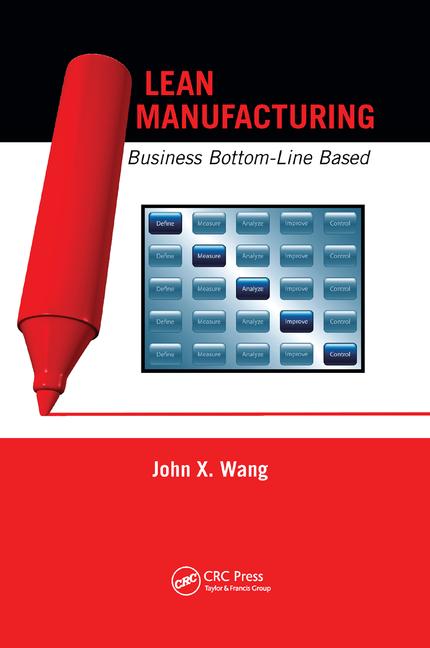Lean practitioners get people “on board” and demonstrate the right behaviors; lean is not a passive sport.
A lean practitioner recently left several companies after being initially assured that senior managers were committed to the lean journey, and then learning that actual behavior was quite different. His question to me was, “How do I find out if the leaders are really committed before I take the job?” This is the wrong question, although it exposes a common problem.
Our job as lean practitioners is to get people “on board” and demonstrate the right behaviors. Therefore, the correct question is why don’t they “get it?” Once we learn the answer we can work on solving the problem and proceed on our lean journey.
We can use lean methods, specifically “5 why” problem solving, to learn why they don’t “get it.” The 5 why method is an iterative process that begins with asking why an initial condition exists. Once the answer is learned, the next iteration is to ask why that answer exists, and these steps are repeated until one arrives at the root cause. There is no magic in the number 5, but it’s a rough idea of how far you’ll have to dig.
There is no single reason that a leader might not be “getting it.” Analysis must be done case by case. The list of causes is infinite, ranging from “too busy” to “arrogance.” Some root causes are harder to identify than others, but here are three root causes that are quite common and not nearly as difficult to uncover as some others.
Bosses have bosses. When coaching up, we are asking leaders to change their behavior, spend their time in different ways, and make different decisions. Lean practitioners get frustrated when the boss can’t seem to get on board. But we forget that bosses have bosses, and bosses come with constraints. We must have empathy and not disdain for the individual dealing with constraints. If we want different actions or decisions, we must understand that the real root cause may not be our boss-it may be at a higher level. We must understand the constraints and manage those constraints, not manage the boss.
No one told me. When I’m coaching an organization I will get many requests from people to get a certain behavior from their boss. When I confront the boss about the expected behavior, it often turns out that the boss had been willing and probably able all along, but no one explained what was wanted. The lean practitioner can try to hide behind the excuse “but they should know,” but that doesn’t solve the problem. Solving the problem requires candid and direct conversations about requests and expectations.
It’s not cool. For anyone on a career path, it can be very uncomfortable to step out of the mainstream behavior and do something that may be radically different from how peers behave. The peer pressure is not direct, but it exists. The easiest countermeasure to this is to develop mechanisms that force everyone into some of the right behaviors, even if temporarily. It might be through a meeting structure or training class to, for example, force a period of observation on the floor. This gets the new behavior out in the open, requiring less risk to repeat it. When we make the new behavior visible, we make it OK to try it ourselves.
Not every leader will “get it” and often it will not be easy; a lean journey is not a passive sport. But sometimes if we look hard enough we find that the root cause is not the person but the conditions that surround that person. Use the 5 whys to solve these problems just as you would a process problem.
Jamie Flinchbaugh is a founder and partner of the Lean Learning Center in Novi, MI, and the co-author of The Hitchhiker’s Guide to Lean: Lessons from the Road.He shares his successful and varied experiences of lean transformation as a practitioner and leader through companies such as Chrysler and DTE Energy. He also has a wide range of practical experience in industrial operations, including production, maintenance, material control, product development and manufacturing engineering. Jamie is a graduate fellow of the Leaders for Manufacturing Program at the Massachusetts Institute of Technology, where his research thesis was on implementing lean manufacturing through factory design. He also holds a B.S. in Engineering from Lehigh University in Bethlehem, PA, and an M.S. in Engineering from the University of Michigan. To contact Jamie directly, go to the web site www.leanlearningcenter.com.
Get our new eMagazine delivered to your inbox every month.
Stay in the know on the latest assembly trends.
SUBSCRIBE TODAY!Copyright ©2024. All Rights Reserved BNP Media.
Design, CMS, Hosting & Web Development :: ePublishing


